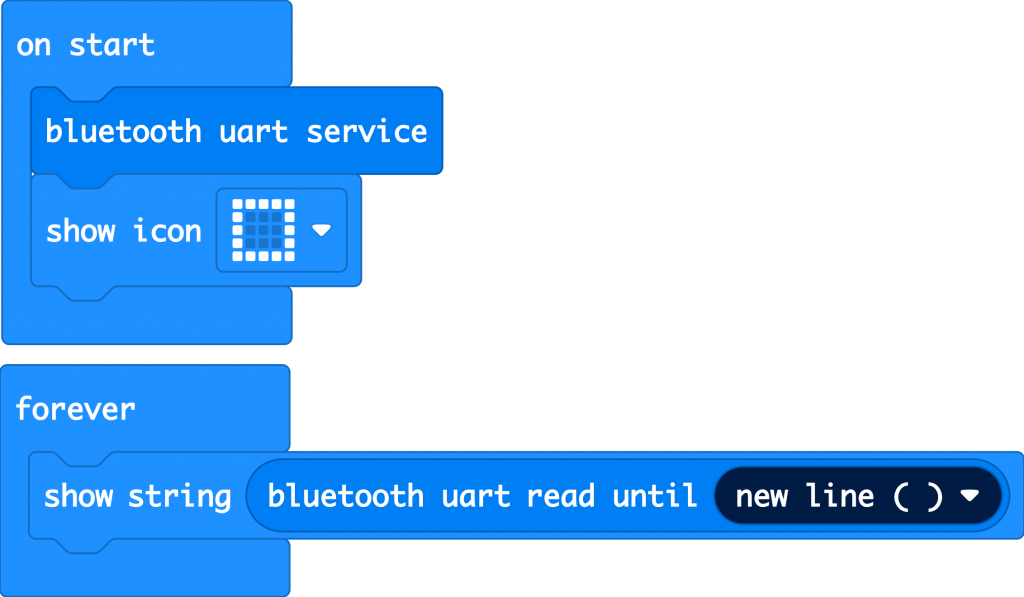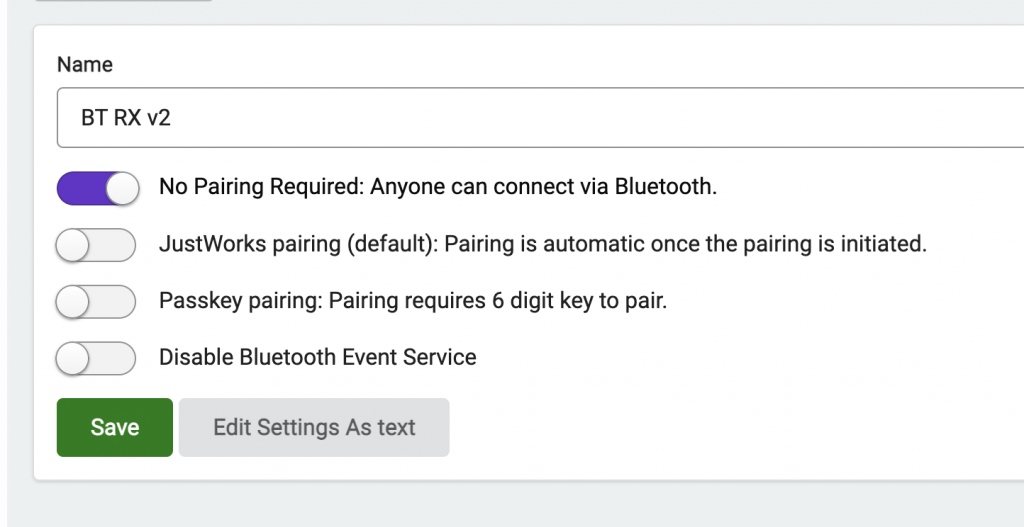

Send the time from a watch to a BBC micro:bit
source link: http://www.suppertime.co.uk/blogmywiki/2022/08/send-time-from-watch-to-microbit/
Go to the source link to view the article. You can view the picture content, updated content and better typesetting reading experience. If the link is broken, please click the button below to view the snapshot at that time.

Send the time from a watch to a BBC micro:bit
Previously I got a BBC micro:bit sending temperature data to my BangleJS watch by Bluetooth. I did this using a very simple, but deprecated, Eddystone beacon radio protocol.
I thought it would be interesting to send data the other way, from the watch to a micro:bit. What does a watch have that micro:bit doesn’t? A real time clock! So I modded this demo in a couple of ways.
First, the demo is for the Pixl.js board, which is a similar device to the BangleJS watch, but the code for drawing menus has changed since that demo was created. So I tweaked the JavaScript program for the watch to use showMenu() instead of Pixl.menu().
I also modified the program to send the time instead of the words ‘A test’.
On the micro:bit side, I had a bit of trouble getting the code to work – this may be because I did not switch on ‘No Pairing Required: Anyone can connect via Bluetooth’ in the MakeCode project settings before I started creating it. In any case, I recreated the project in the old V0 MakeCode editor, downloaded the HEX file, loaded it in the current editor, and downloaded a new HEX file which runs on a V2 micro:bit – it works!
To use it, transfer the JavaScript program to the watch, and flash the HEX file to a micro:bit. No pairing should be required on the micro:bit – it should just advertise its ‘friendly name’ (like ‘zavov’) and you should see it listed on your watch. Tap on the name to select it, then choose a message to send.
You can find the code and HEX files for both V1 and V2 micro:bits over on my GitHub: https://github.com/blogmywiki/bangle-microbit-time
Let me know if you think of any other uses for this – perhaps to put accurate times in a data logging program, or to make a micro:bit clock.
Leave a Reply Cancel reply
Your email address will not be published. Required fields are marked *
Name *
Email *
Website
Comment
You may use these HTML tags and attributes: <a href="" title=""> <abbr title=""> <acronym title=""> <b> <blockquote cite=""> <cite> <code> <del datetime=""> <em> <i> <q cite=""> <strike> <strong>
Recommend
About Joyk
Aggregate valuable and interesting links.
Joyk means Joy of geeK

